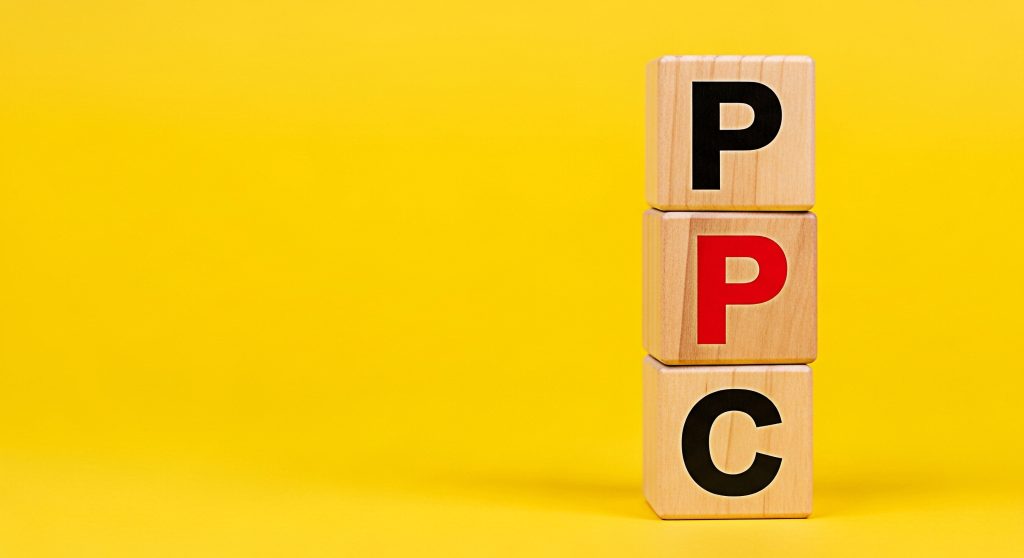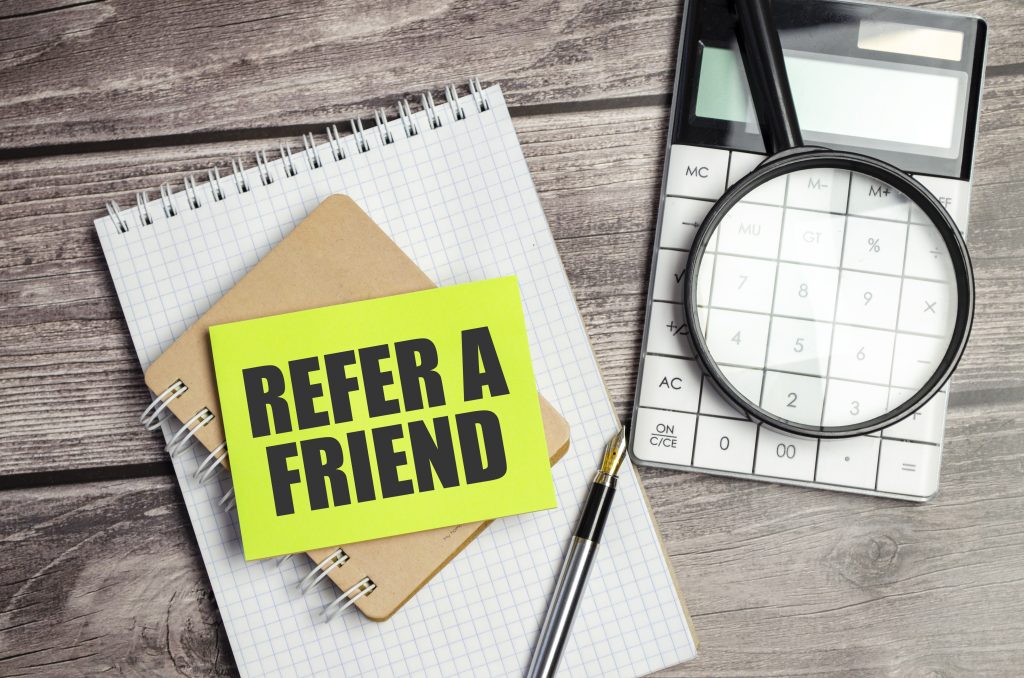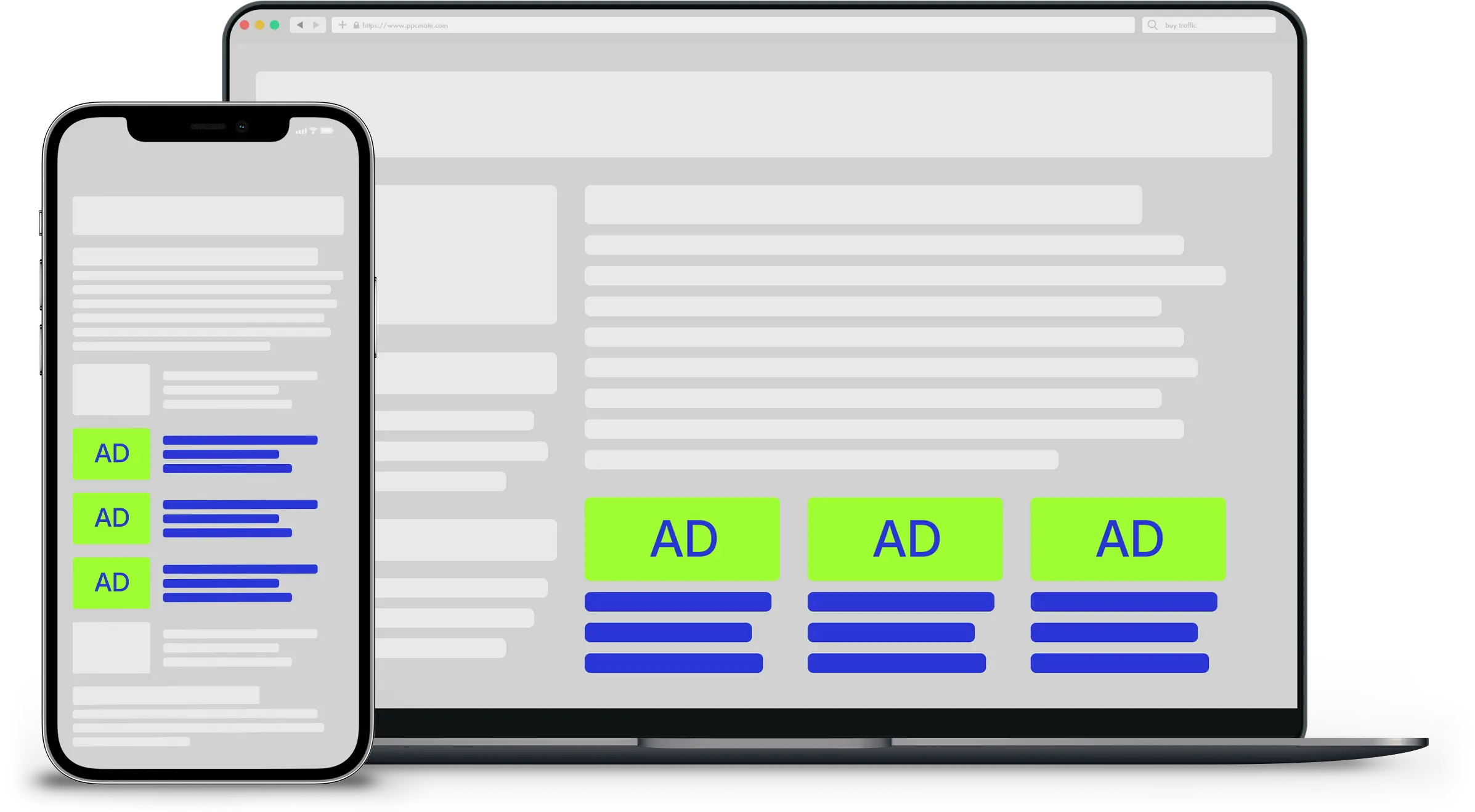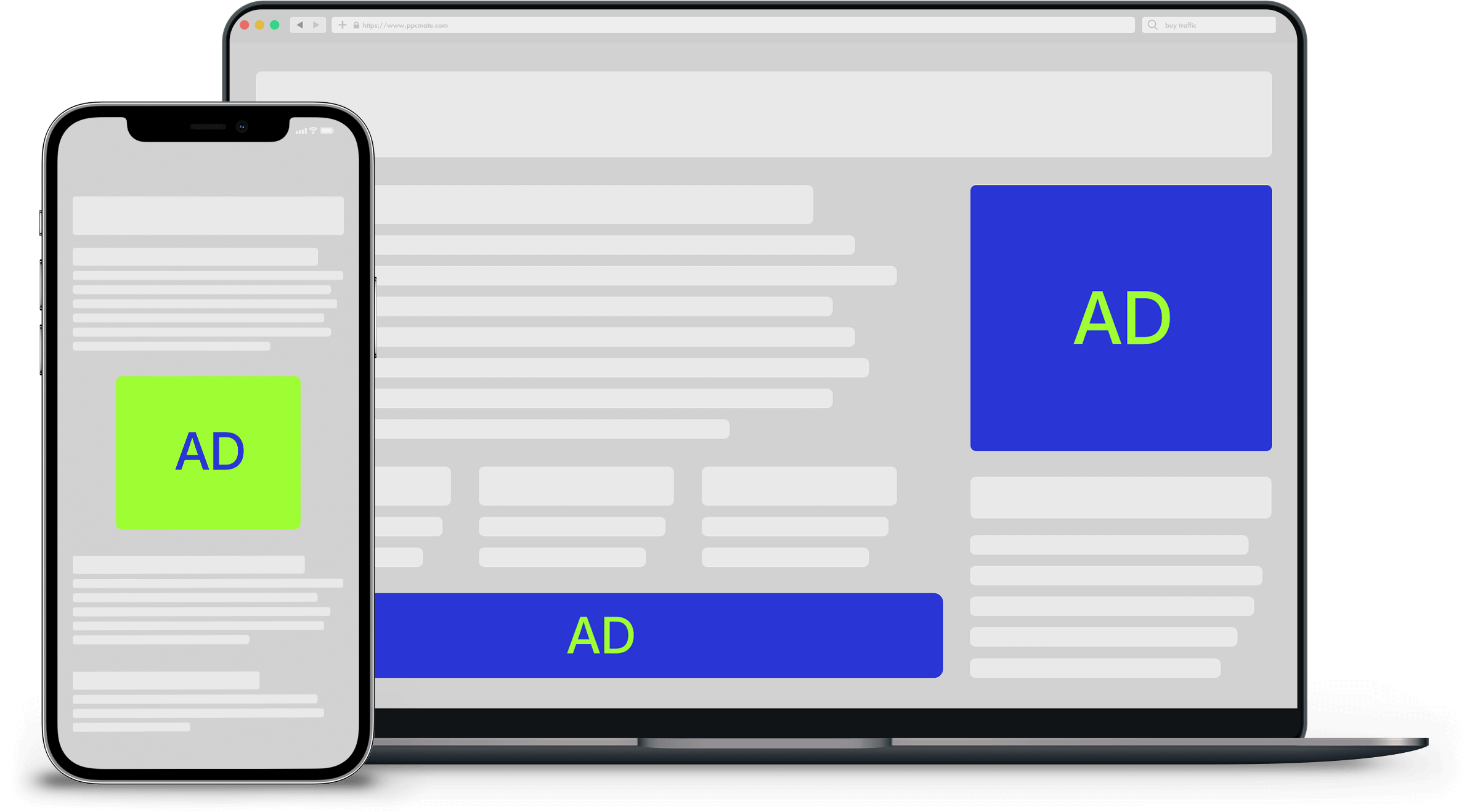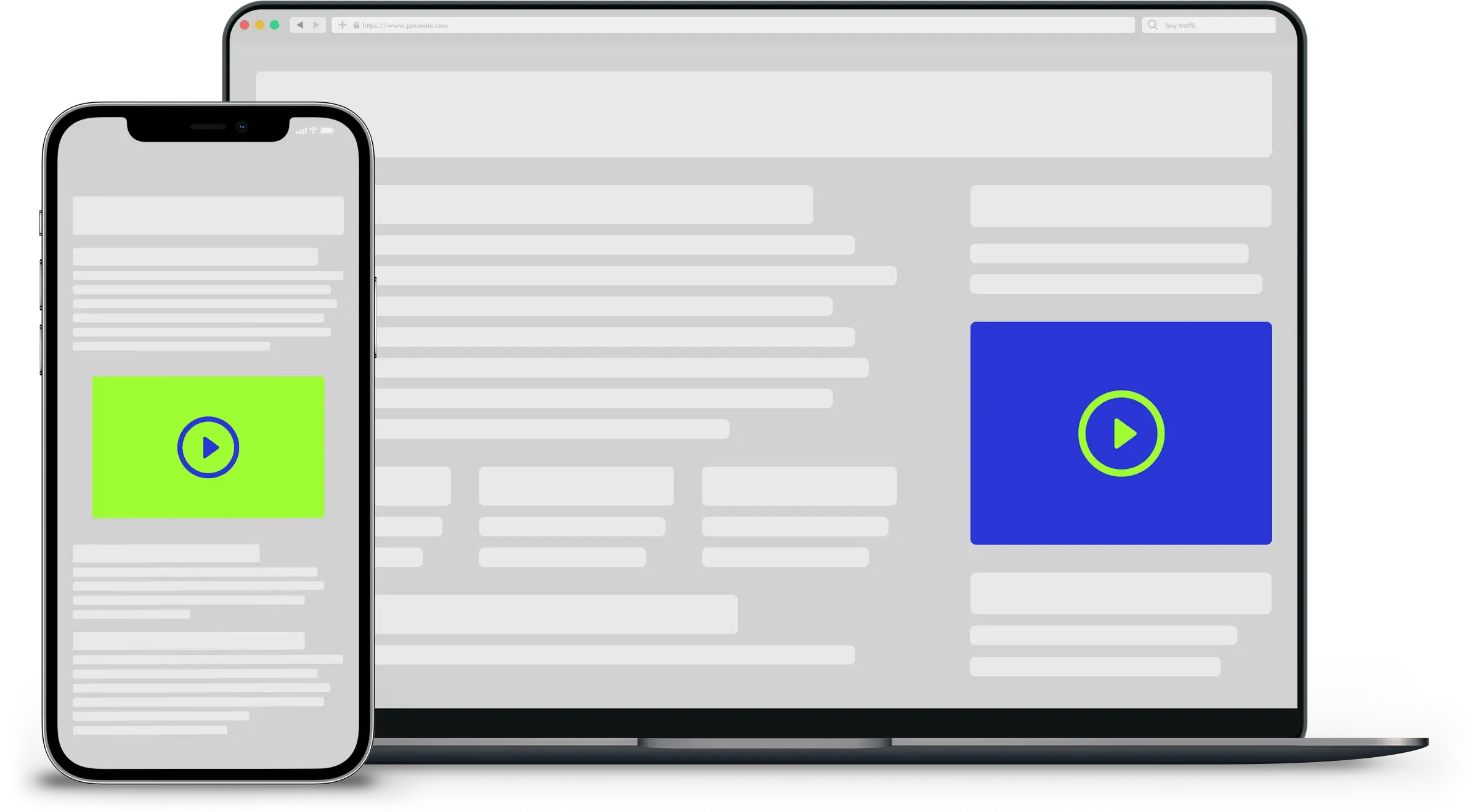If email outreach is an important part of your business, you know that getting a response (or not) can have a significant impact on your productivity and bottom line. Email outreach, after all, is the key to:
- Sales: both warm and cold “calls”
- Guest-posting opportunities
- Outreach as part of an influencer-marketing campaign
Understanding how to elicit a response to your emails could be the skill that helps you establish important relationships to benefit your business for years to come. Following are five ways to increase the chances of getting your own emails read and responded to:
1. Write shorter emails.
Sending long emails — even well-written, carefully worded ones — may actually decrease your chances of getting a response. There are two main reasons this might be the case: Either the recipient just doesn’t have the time or desire to read through a lengthy email, or else he or she feels a lack of the time needed to respond in a suitably in-depth manner.
In one study, Boston University and MIT researchers concluded that shorter emails actually increased both response times as well as worker productivity. “Email users,” they wrote, “who send short, focused messages receive demonstrably faster responses than users who send long, rambling messages.”
Takeaway: For the best chance of getting a response, keep your emails short and to the point. Be clear about what you want, and don’t include unnecessary information.
2. Learn peak email-engagement times.
To get responses to your emails, first make sure your recipients actually see and open them. One way to increase the chances of this happening is to send your emails during peak email-engagement times.
According to research from GetResponse, this peak period is between 8 and 10 a.m., and 3 and 4 p.m. (local time). This is when most people tend to be at their desks, checking their inboxes — meaning that sending during this time will ensure your email is at the top of their inbox.
While this data applies specifically to group email campaigns, the findings are still relevant for personal emails. Knowing when people are most likely to check email will help you schedule yours to arrive at the perfect time.
3. Give people a reason to respond.
Getting a response may be as simple as mentioning why you need them to respond. Researchdone in the 1970s set out to identify what types of requests were most likely to lead to compliance. Subjects were approached in a library, just as they were about to start photocopying some papers. The experimenter would then ask to use the photocopier, using one of three question types:
- “Excuse me, I have x pages. May I use the Xerox machine?”
- “Excuse me, I have x pages. May I use the Xerox machine, because I have to make copies?”
- “Excuse me, I have x pages. May I use the Xerox machine, because I’m in a rush?”
The results were fascinating. While the first request achieved only a 60 percent compliance rate, the second and third requests, respectively, achieved a whopping 93 percent and 94 percent compliance rate.
Takeaway: If you really want to increase your chances of getting a response to your email, give people a reason to respond. For optimal results, give a compelling (and truthful) reason (e.g., “. . . because I need this information so I can meet my deadline”).
4. Offer a no-strings-attached favor.
You’ve likely already heard of the psychological principle of reciprocity. In his well-known book, Influence: The Psychology of Persuasion, Robert Cialdini described reciprocity as our innate desire to feel indebted to those who have done something for us or given us a gift.
The principle of reciprocity is used often in marketing: for instance, offering a free sample to entice someone to buy the full-price version of your product. The same principle can easily be applied to the matter of obtaining an email response. For instance, which of the following two email remarks would you be more inclined to respond to?
- “I just wanted you to know I recommended you to one of my clients today. Also, please let me know if you’re interested in pursuing the partnership mentioned above.”
- “Please let me know if you’re interested in pursuing the partnership mentioned above.”
Takeaway: Whenever possible, offer a small, no-strings-attached favor when requesting an email response. Your recipient may feel just enough indebtedness to actually respond to your email!
5. Use (appropriate) humor.
When all else fails, it doesn’t hurt to try some good old-fashioned humor. A light-hearted comment or a humorous reminder that you’re waiting for a response may be the gentle nudge the person needs.

An example of how to use humor to elicit a response
You do have to be careful here, however. If you haven’t had previous contact with a person, humor can have the potential to backfire.
Takeaway: If someone finds your comment inappropriate, manipulative or worst of all, just not funny, you could be waiting for that response for a very, very long time.
Final thoughts
While the strategies above should give you a good shot at getting a response, keep in mind that there are certain email faux pas that could negate these effects. These might include:
- Using a generic greeting (e.g., “Dear sir” or “To whom it may concern” or “Dear sir or madam”)
- Sending an email with typos or grammatical errors
- Emailing about a sensitive subject that’s better left to a phone call or in-person conversation
- Not giving the person an adequate amount of time to respond before sending a follow-up email
- Including a sarcastic or mean-spirited reminder (e.g., “I see you don’t find my email important enough to respond to”)
Getting an email response is part art and part science, so don’t be afraid to try out some different strategies and see which ones work for you.
___
by Jayson DeMers
source: Entrepreneur

